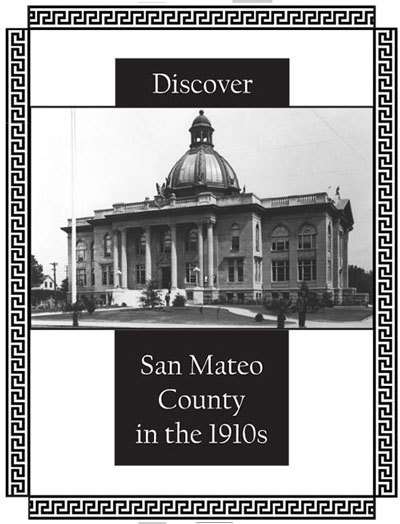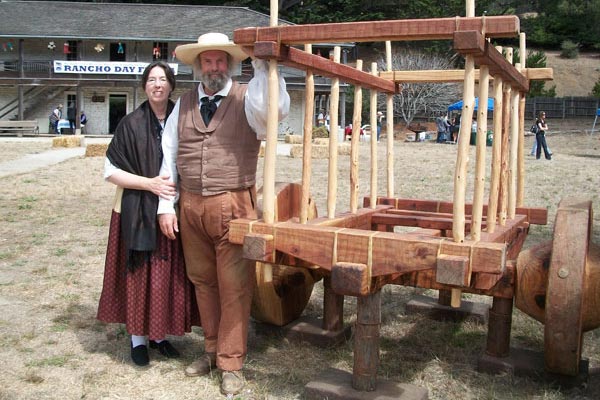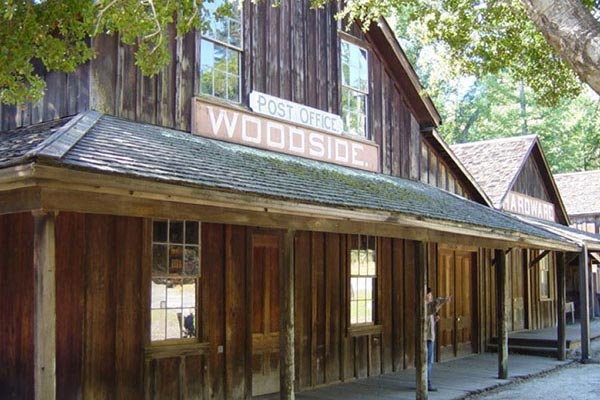Location & Contact
San Mateo County History Museum
Featuring interactive experiences, the History Museum’s long-term exhibits are the place where you can explore the county’s rich and colorful history.
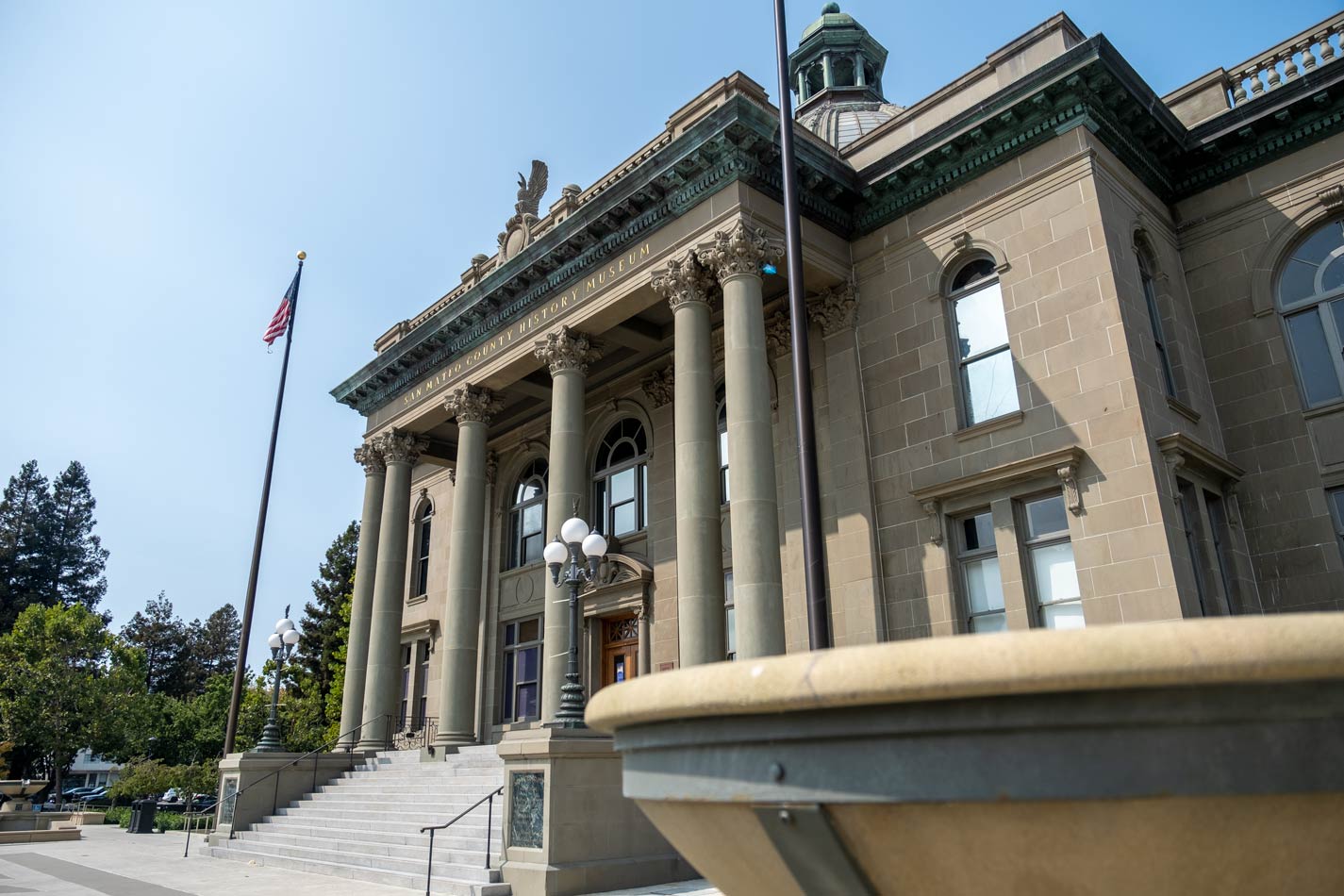
The History Museum is located inside the 1910 County Courthouse. On the National Register of Historic Places, the courthouse features a stained glass dome and mosaic tile floor. Architect Glenn Allen designed the building to look as impressive as City Hall in San Francisco.
Exhibits
Exhibits depict the history of the Peninsula from the original Native American inhabitants to today. They help place local history in context by showing how the story here has influenced the outside world, and how the outside world has influenced it.
Featured Exhibits
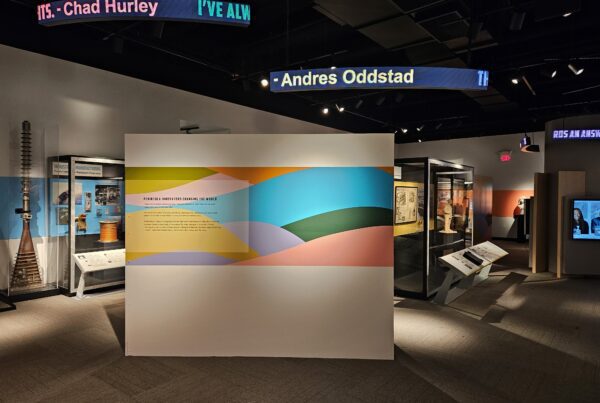
Peninsula Innovators Changing the World
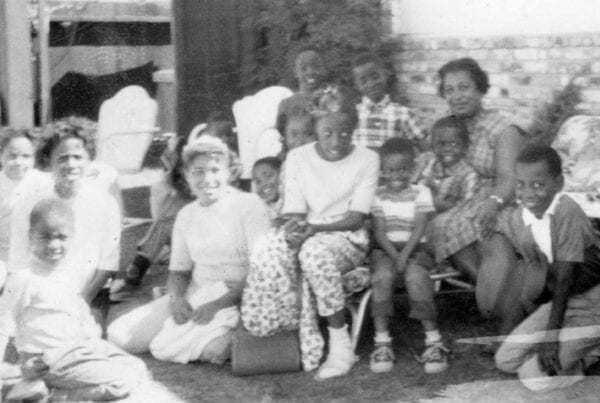
San Mateo County’s African American History

Land of Opportunity
School Programs
The History Museum is proud to provide educational programs to our local schools and beyond.
Public Programs
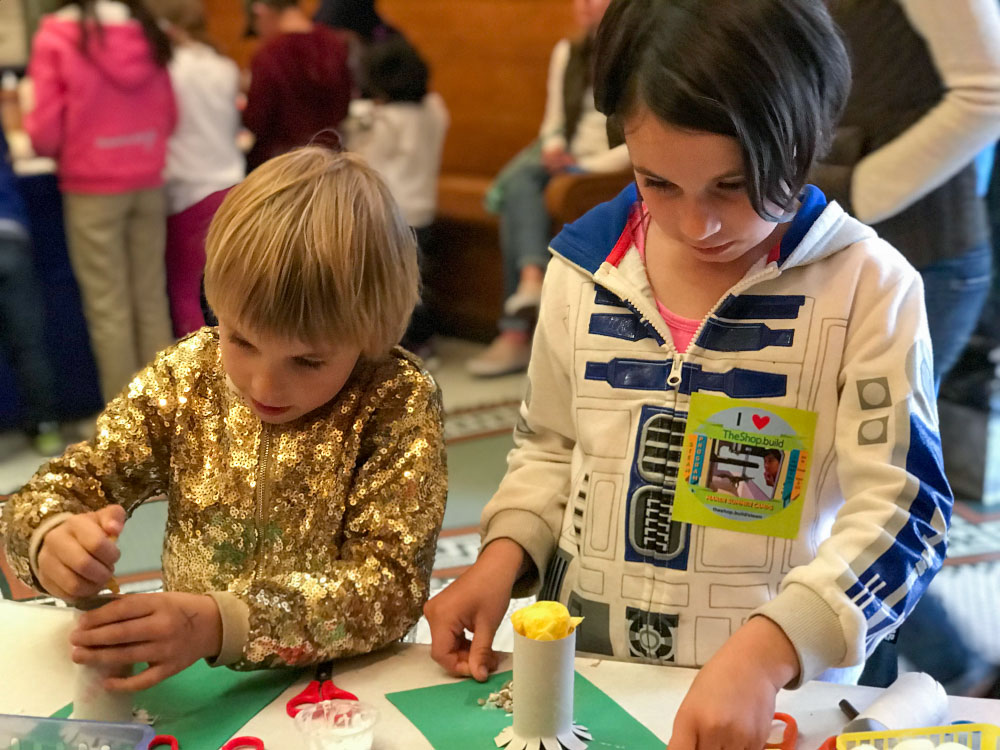
During the History Museum’s Family Programs, discover the past through crafts, activities and demonstrations. The Adult Programs include presentations about local history and hands-on workshops.
History of the Courthouse
Early History
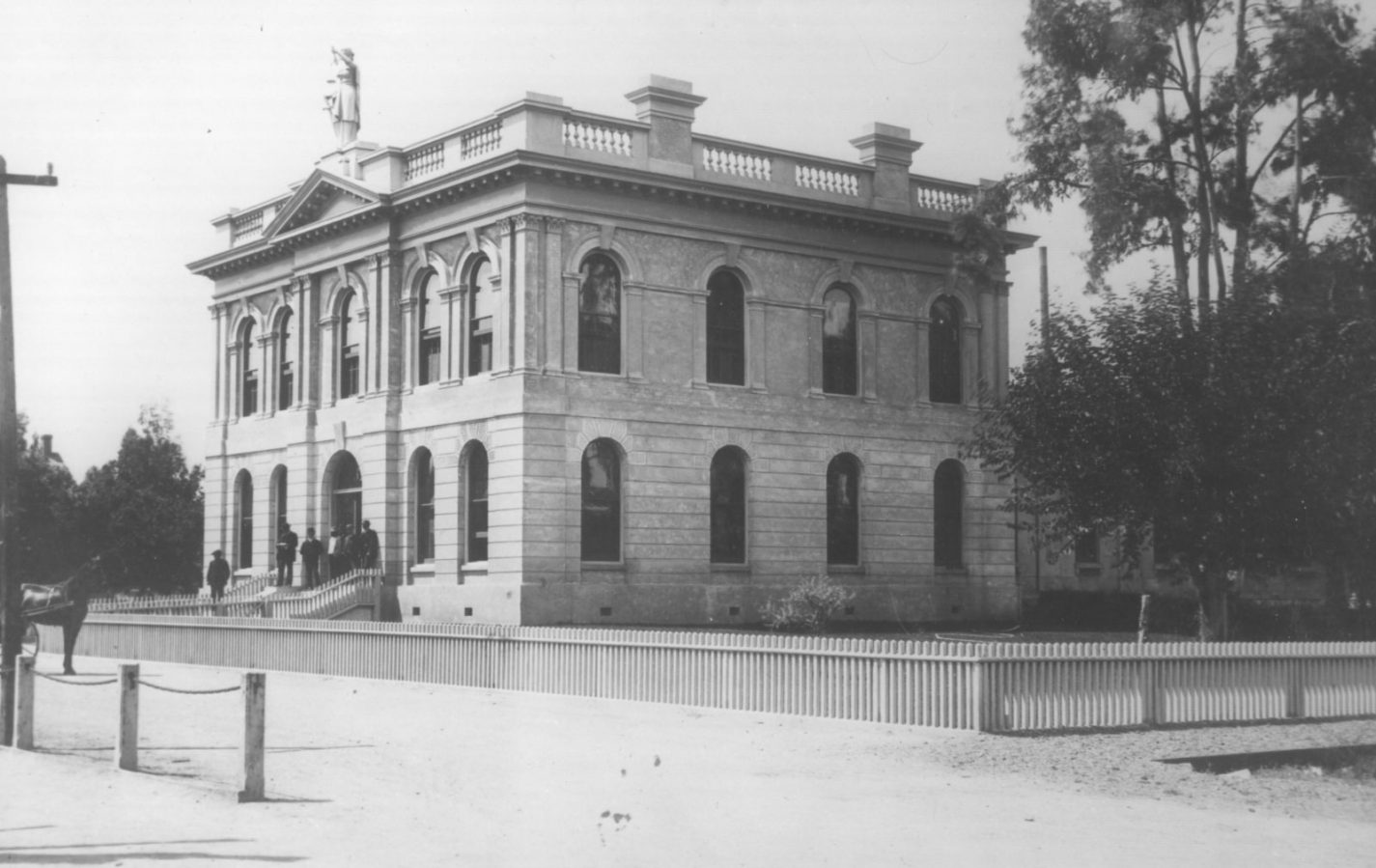
1882 “Lady Justice” Courthouse. Photo by O.V. Lange.
San Mateo County has built four courthouses on the block of land originally donated by Simon Mezes and the Arguello Family, owners of Rancho Las Pulgas. The top floor of the 1858 courthouse was destroyed in the 1868 earthquake. The remaining floor was used until a new courthouse was built in 1882. It was known as the “Lady Justice” Courthouse for the statue of Lady Justice on top.
The 1906 Earthquake

Second and third courthouse after the 1906 earthquake.
Due to the growth of the county and the desire for a grander building, a third, larger courthouse was designed just behind the second one. Completed shortly before the 1906 earthquake, only the dome structure survived.
Temple of Justice
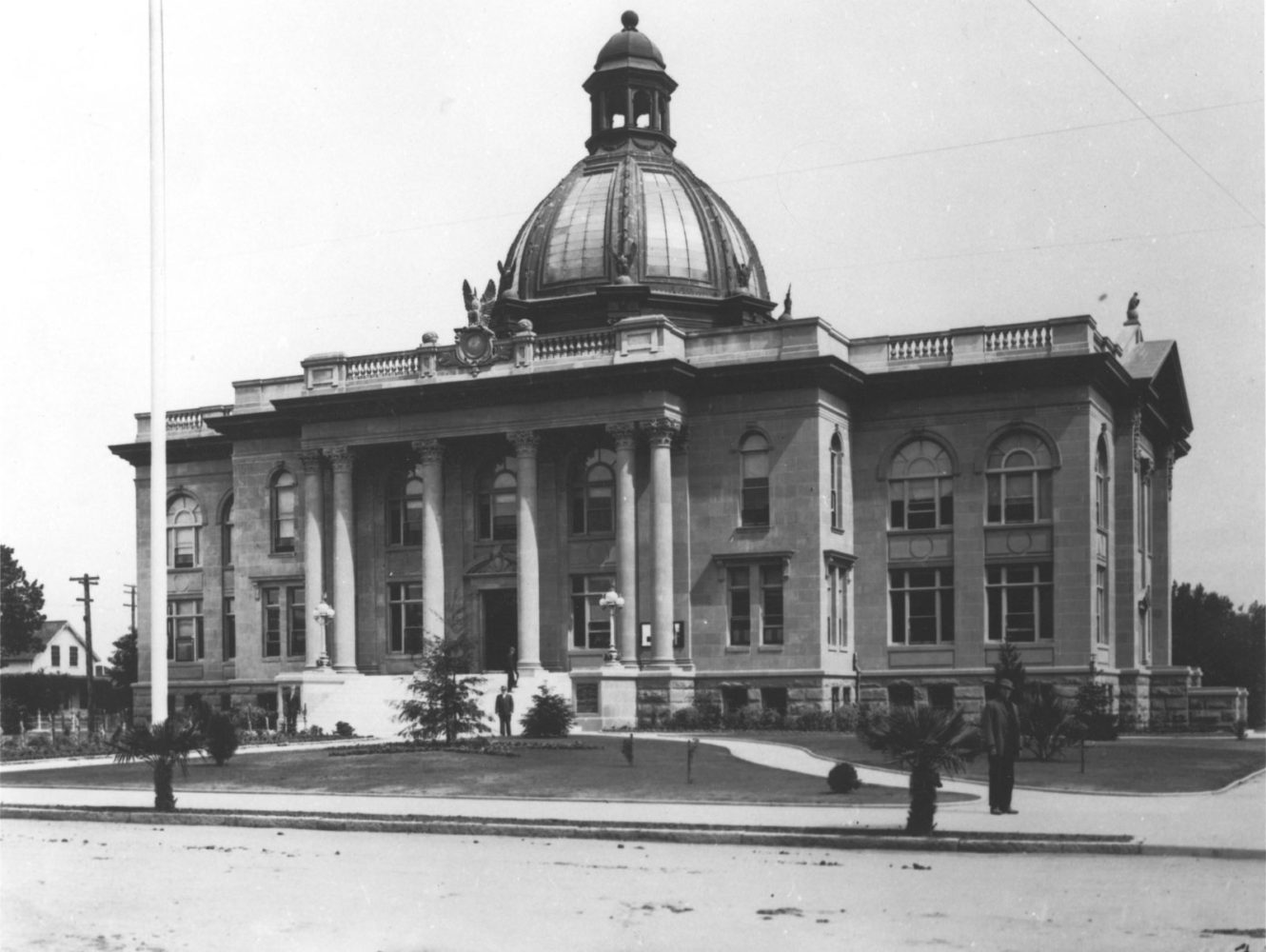
1910 Temple of Justice
The dome was incorporated into the fourth courthouse. Designed by Glenn Allen, it was built in the Roman and Renaissance revival styles. Known as the Temple of Justice, it opened on July 4, 1910.
County Government
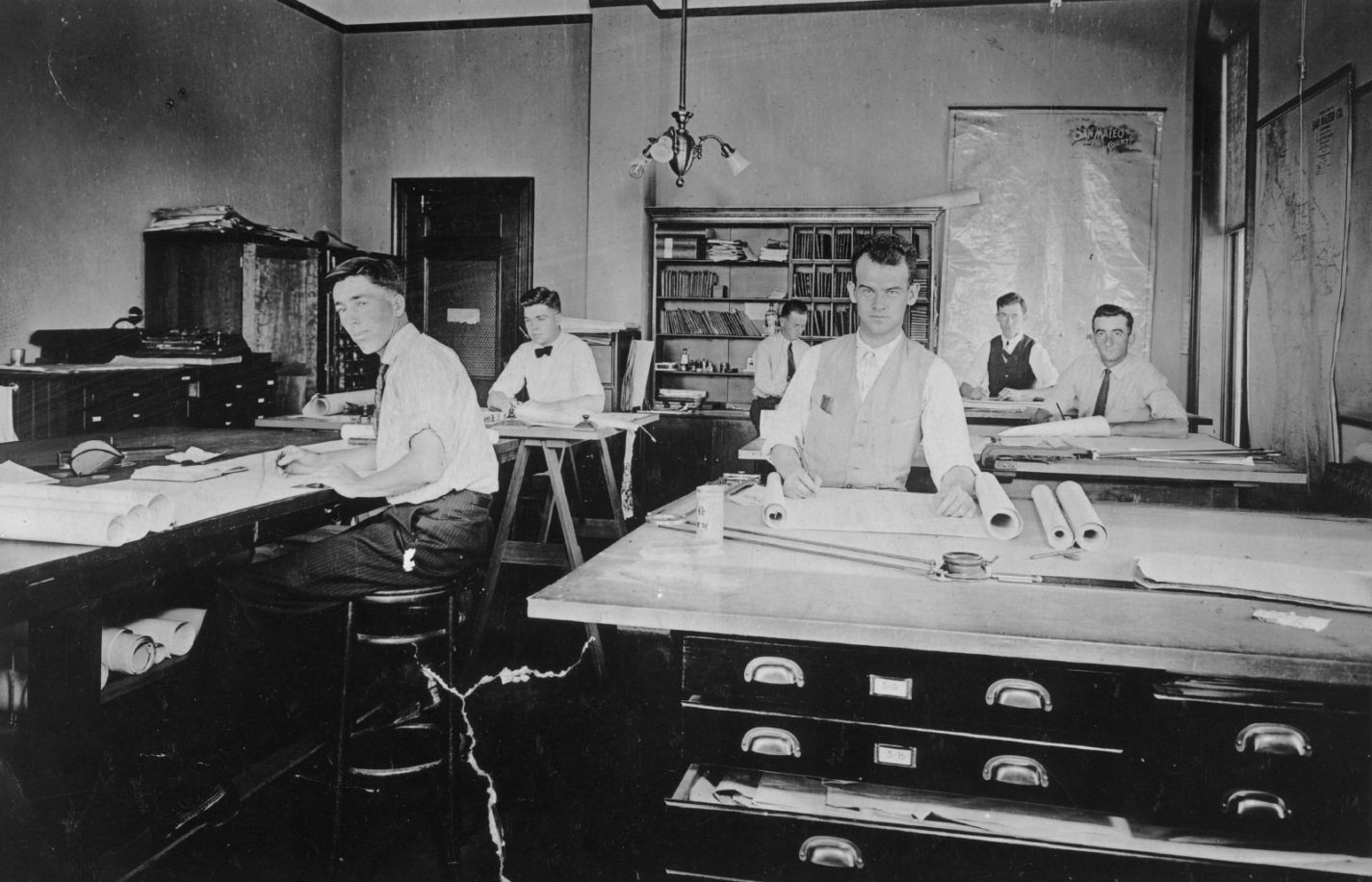
County engineers inside the Temple of Justice.
In the early 1900s, the courthouse was home to all county government. In addition to the courtroom, the Board of Supervisors, Sheriff, Coroner, Auditor, Treasurer, County Clerk, Assessor, Tax Collector, District Attorney, Recorder and Superintendent of Schools had offices in the building. It also housed work areas for the County Engineers.
Expansion
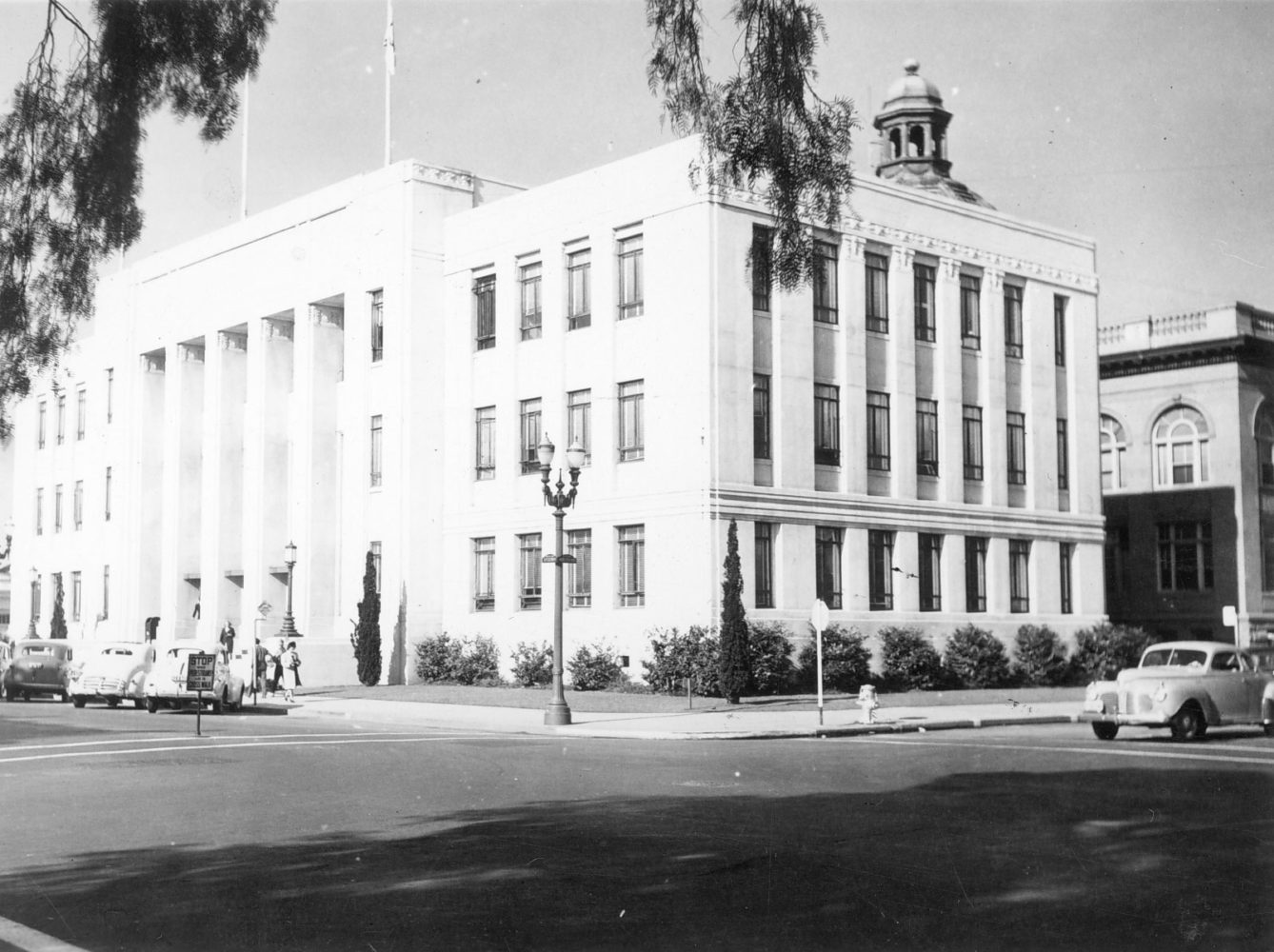
The Courthouse is hidden by the Fiscal Building.
In 1939, the front facade of the building was removed and the Fiscal Building was added. In 1941, a second annex was added to the back of the building. Both buildings were WPA projects. In 1958, an 8-story building called the Hall of Records and Justice was built near the courthouse.
Becoming a Museum
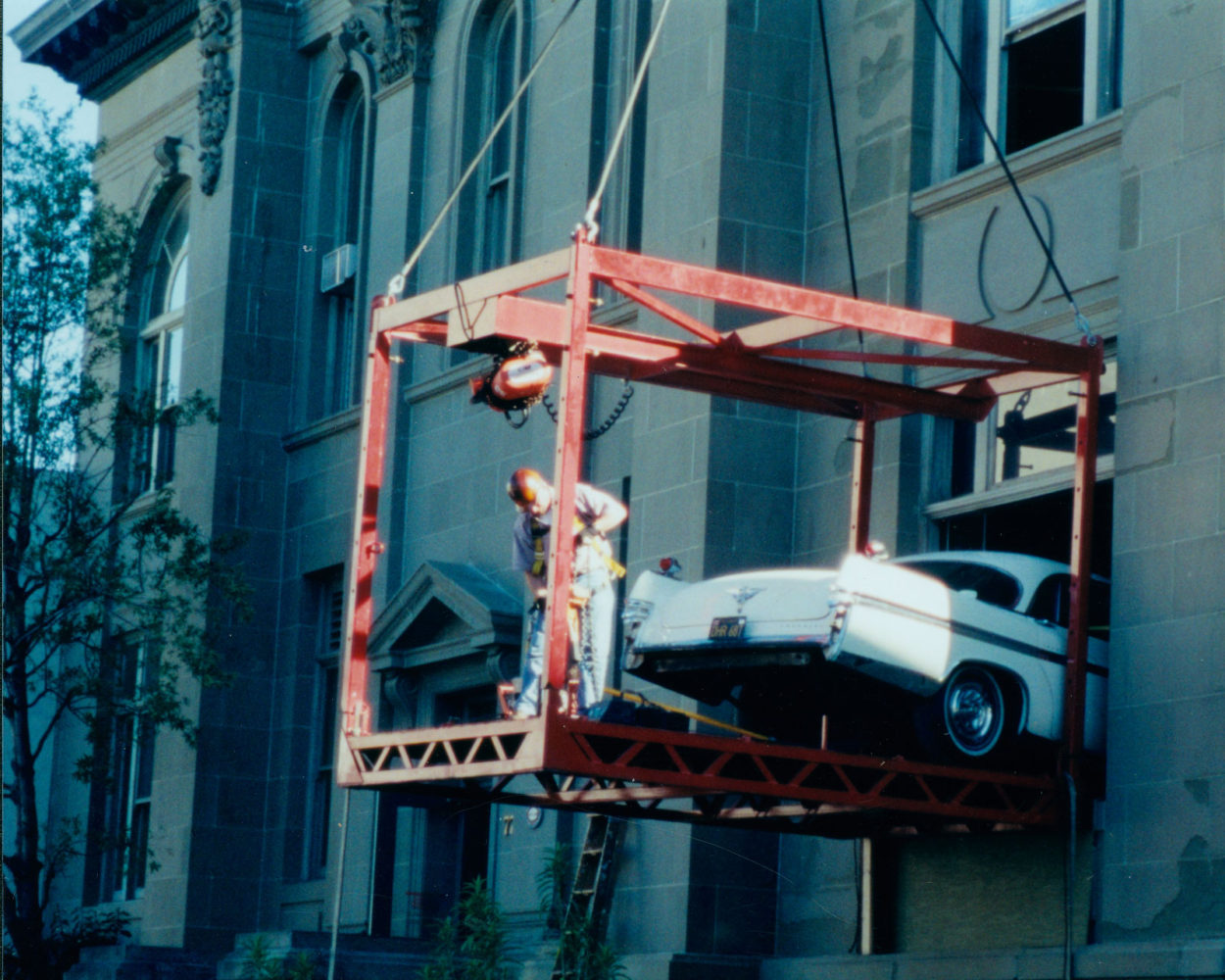
Chrysler Imperial entering the building (2002).
By the 1990s, the courthouse no longer met modern court needs. In 1998, the San Mateo County History Museum had the opportunity to move into the building. The History Museum has developed exhibits where you can explore the county’s rich and colorful history
Restoration

Demolition of the Fiscal Building (2005).
In 2005, work started to tear down the Fiscal Building. The original front facade of the old courthouse was reconstructed.
Today
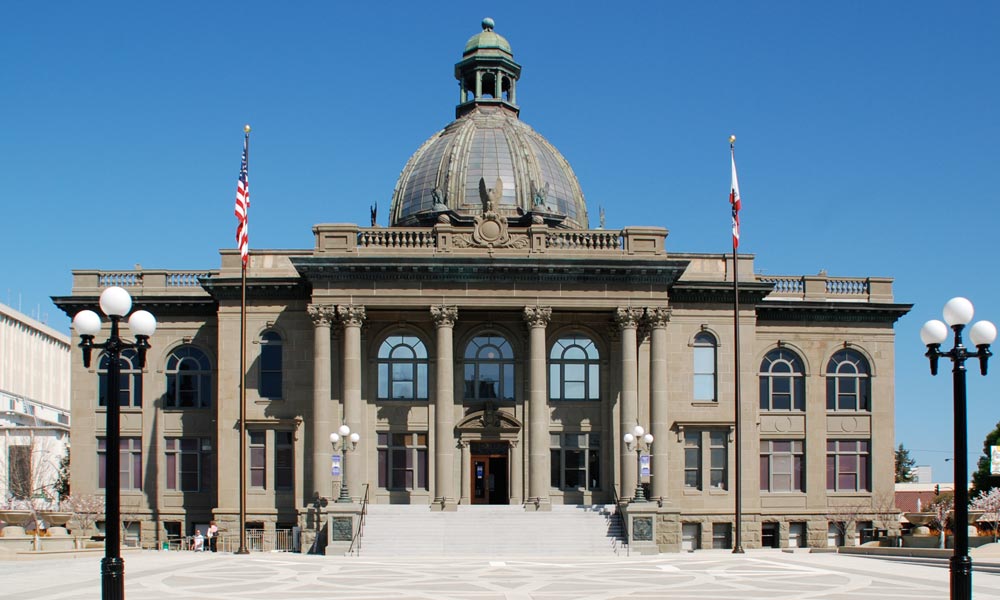
Restored front portico of the Old Courthouse.
Today, the History Museum provides innovative explorations of local history inside the building. The City of Redwood City hosts a wide variety of programming on Courthouse Square in front of the building.

